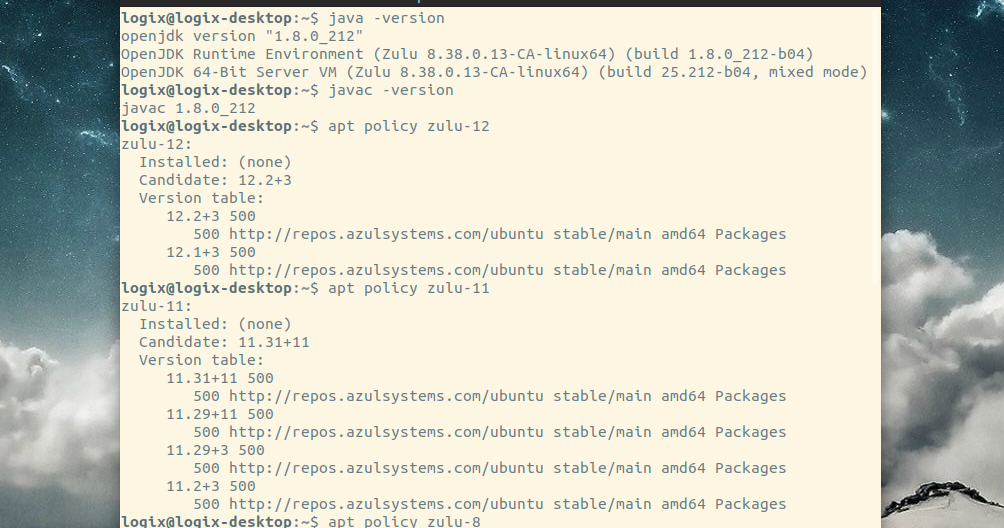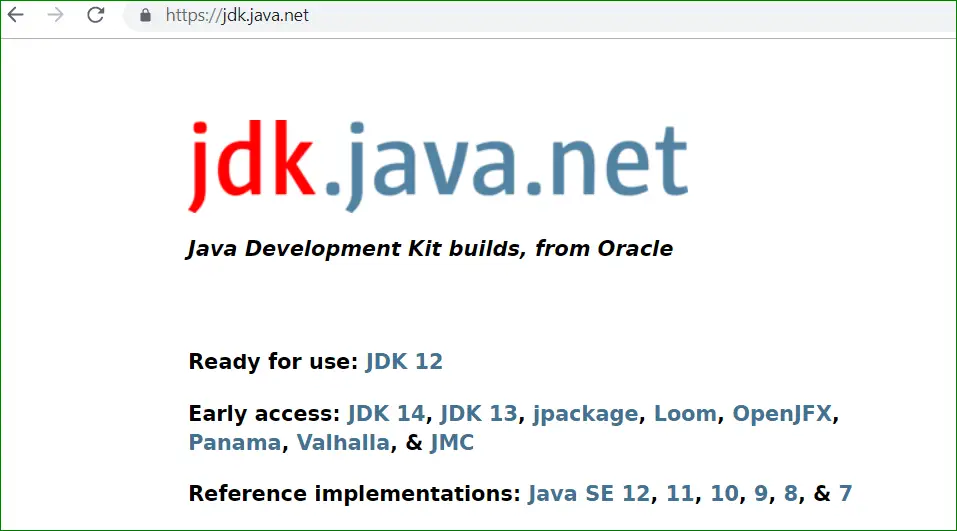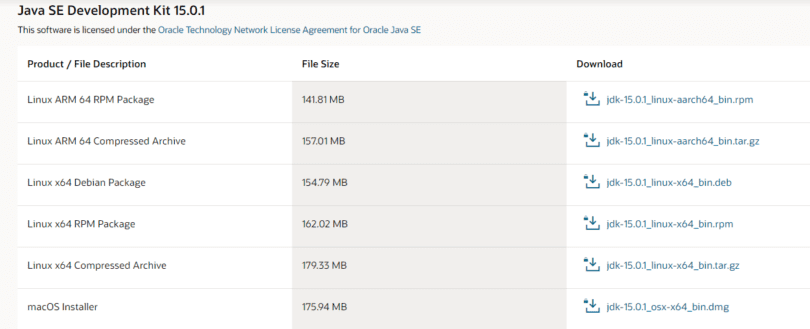

In this post, you learned how to install Java and get it ready for work. Just like that, you have Java on your system. In this article we shall cover the installation of Java 17 (OpenJDK 17) on CentOS 7 / RHEL 7 Linux system. OpenJDK 64-Bit Server VM 18.9 (build 11.0.15-ea+1-LTS, mixed mode, sharing)

OpenJDK Runtime Environment 18.9 (build 11.0.15-ea+1-LTS) To check the actual version that has been installed, you can run the following command java -version This way you will have Java version 11 including the JRE (Runtime for running Java applications) and the JDK (Development Kit) so you will have Java running smoothly.Īlso, you can install Java 17 which is the latest by running sudo dnf install java-17-openjdk-devel Thereafter, you can install Java by executing the following command sudo dnf install java-11-openjdk-devel 1.- Install Java on CentOS 9 Stream The Installing and using OpenJDK 17 guide provides an overview of this product and explains how to install the software and start using it. For OpenJDK 11 sudo yum install java-11-openjdk. Abstract OpenJDK is a Red Hat offering on the Red Hat Enterprise Linux platform. To do this in a command line environment, update the whole system sudo dnf update Run the following yum commands to install the package: For OpenJDK 17 sudo yum install java-17-openjdk.

Java is available in the official repositories, so installing it is easy to do and within everyone’s reach. In other words, Java is very important and for many it is the gateway to programming. This language is used for many things, from desktop applications to applications like Jenkins that are used to deploy other applications. We all know that Java is a very popular programming language and a mainstay of today’s technology. In this short post, you will learn how to install Java on CentOS 9 Stream.


 0 kommentar(er)
0 kommentar(er)
